Madagascar: one photo a day
We're on the road on the world's fourth-largest island – hanging out with lemurs, ogling astounding mountain views and exploring the streets of captivating old cities
If you’ve arrived here from somewhere on the web, welcome! NE Where is a an independent, travel-focussed journal for curious people. If you’d like to receive pieces like this one via email, please consider becoming a subscriber. It’s free – or, for less than $1 a week, upgrade to a paid subscription, where benefits include full access to NE Where’s archive, which is packed with stories about exceptional women, and other tales about interesting people and places.
Dear NE-One
It’s Sunday morning, and I’m writing to you from the loft of an old house in Fianarantsoa. It’s hazy outside – the remnants of last night’s rain still linger – and through the high window the sounds of the city settle around us. Honking geese, roosters crowing, the toot-toot as a taxi-brousse touts for business. Earlier, church bells rang out from just up the road – which I’d expected (and hoped) to hear as there are five churches clustered onto the hilltop that is Fianar’s captivating old town. It’s an intriguing place, where life in the shadows of these 140-year-old churches seems to be lived simply and quietly, as the architectural remnants of Madagascar’s French colonialists gradually surrender to time.
Since I wrote last week and told you about the morning Mark and I spent with the (other) king, the distance we’ve covered here in Central Madagascar hasn’t been too great. We headed south(ish) from Ranomafana to Ambalavao, a distance of only about 120km – but we’ve travelled it slowly, hiking across the spectacular Andringitra National Park and into the Tsaronoro Valley, and driving along roads that are almost impassable, even in the most robust of 4x4s. Here’s a peek into our journey this past week, one photo a day…
Sunday: Ambalavao
This is silk, produced in Ambalavao and traditionally used to weave lamba, the rectangular pieces of fabric that all Malagasy people wore (in various ways, to signify various things) until the early 20th century, when bundles of secondhand clothes shipped in from Europe changed the way people dressed. Not all lambas were made from silk of course – the silk ones are very valuable, and are used by Betsileo people to wrap the bodies of the deceased before they’re placed in family tombs (which is why so many tombs are situated in difficult-to-reach places in the mountains).
Except for the blue silk, which is coloured with chemical dye (there is no indigo in Madagascar) all of these colours are natural: red and brown comes from the bark of a type of rosewood tree; green(ish) comes from passion fruit leaves; turmeric gives the yellow colour; the ochre dye is created from a mix of mud from rice fields and eucalyptus leaves; and red is from beetroot. The silk is dyed for three days, and is cooked with soap made from zebu fat, as well as ashes from aloe vera and sisal, to set the colour.
I’m currently reading: Muddling through in Madagascar, by Dervla Murphy – who travelled the country on foot, by bush-taxi, bus and truck with her daughter Rachel, who was 14 at the time. Dervla, who is often hailed as the world’s greatest female travel writer, passed away almost a year ago today; I wrote about her exceptional life here.
Monday: Andringitra National Park
We walked to and into Andringitra National Park. It was a 10km walk from “the broken bridge” (not the one you see here) to the park entrance, and then another 8km from the park entrance to the homestead where we camped at for the night. Until a decade ago the park was accessible by sedan, apparently – but the road is now in such a dire state of disrepair that only a sturdy 4x4 can make the trip, and can go only as far as “the broken bridge”, which is 10km from the park’s entrance. Many smaller broken bridges have been rebuilt from wood, but the major bridge destroyed last year in a cyclone has yet to be repaired, so no vehicles or zebu carts can cross the river. Which means that the 50,000 people who live in small villages between that bridge and the park have no vehicle access to hospitals, schools, or the closest market town.
Tuesday: Andringitra National Park
Absolutely spectacular hiking up (and up and up and up) the Andringitra mountains, through granite lunarscapes in the clouds, and then down (and down and down and down) into the Tsaranoro Valley. Long days on a well-established trail, with views I will cherish forever.
Wednesday: Tsaranoro Valley
I found it really difficult to capture the scale of the mountains and massifs that surrounded us in the Tsaranoro Valley. That cliff-face above is, according to various climbing websites, 800 metres high, and is considered the best rock-climbing wall in Madagascar. The house in the foreground is typical of the Bara peoples’ houses in the region, which tend to be single-storey. The Betsileo people, who also live in the area, build double-storey houses.
Thursday: Zebu market at Ambalavao
On Wednesdays and Thursdays the roads and hillsides around Ambalavao are busy as herds of zebu cattle are driven into the outskirts of town for Madagascar’s largest zebu market. These animals are exceptionally important to people who live in the rural areas, as zebu (which sell for around US$270 a head) are used to plough the rice fields and transport goods by cart.
Friday: Anja Community Reserve
I might be the only person on the planet who hasn’t watched that movie, but I have it on good authority that a ring-tailed lemur plays a starring role in the 2005 animated film Madagascar. These endemic primates the major drawcard at Anja Community Reserve, a very successful sustainable-tourism initiative that’s protecting a piece of land that is now home to some 600 ring-tailed lemurs. A visit here isn’t just a chance to see these habituated li’l creatures – it’s also a brilliant opportunity to walk between (and below, and on top of) the enormous granite boulders that characterise the Ambalavao region.
Saturday: around Fianarantsoa
The cobbled streets of Fianarantsoa’s evocative Haute Ville (old town) have witnessed the evolution of city life for almost 150 years. I imagine that if this hilltop neighbourhood existed in an other country, the beautiful old buildings would be occupied by chic boutiques, trendy bars and hip coffee shops – but Madagascar is one of the world’s poorest countries, and in this beautiful old town men (often barefoot) traipse up the street carrying sacks of rice on their shoulders, and in the old marketplace women still sell fruit by the piece, not kilo.
Mark and I are now slowly winding our way back up to Antanarivo, and will reach Madagascar’s capital city in about a week’s time. In the coming days we’ll be retracing our steps, and walking some new ones – there is still so much to see.
Have you travelled Madagascar? Please drop me a note in the comments; I’d love to know where you went, and what you experienced here.
Until next week,
NE Where is an independent, reader-supported publication. If you found value in this piece please consider becoming a subscriber, sharing this post with someone who might enjoy it, or perhaps buying me a (virtual) coffee.








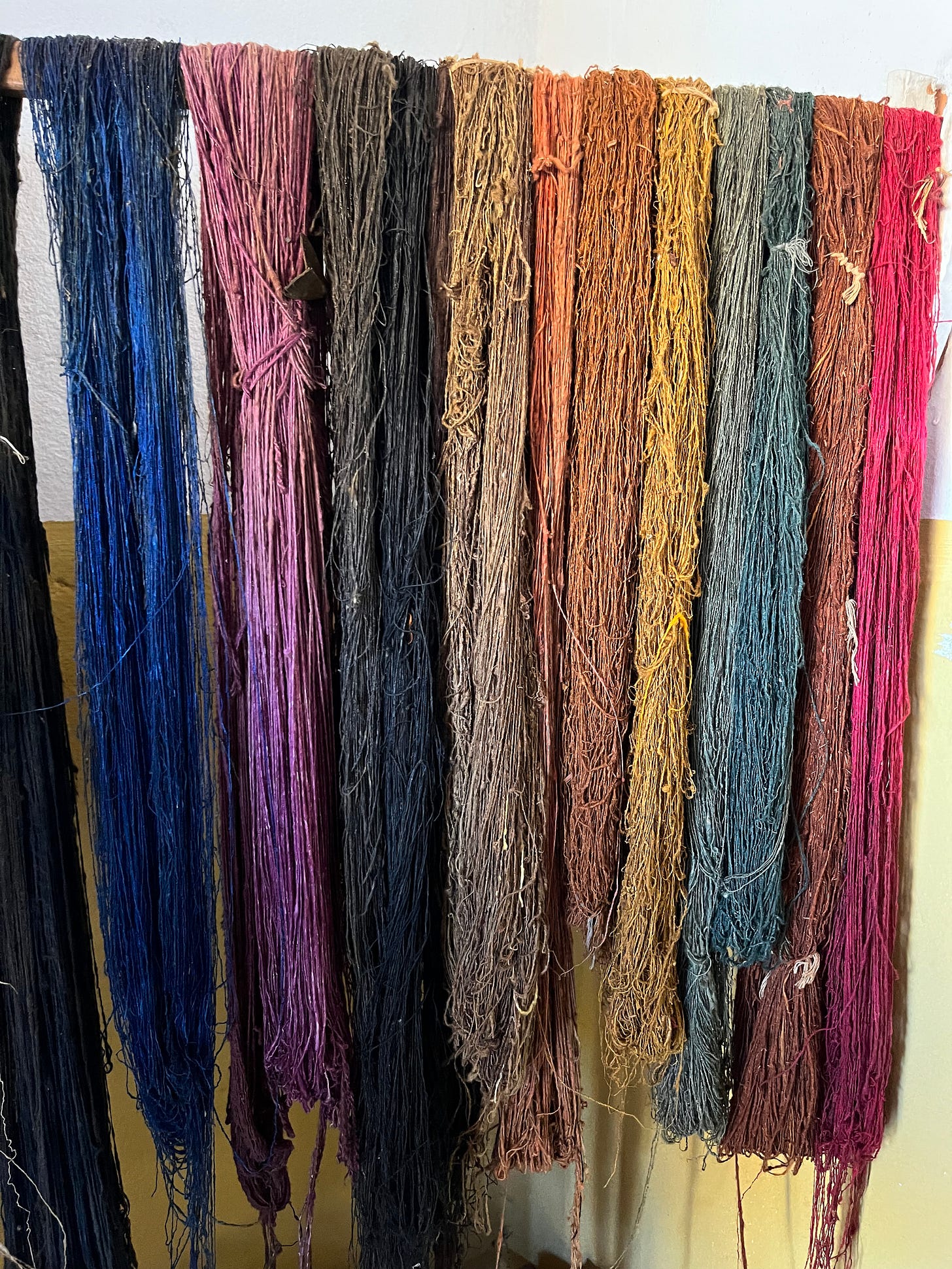
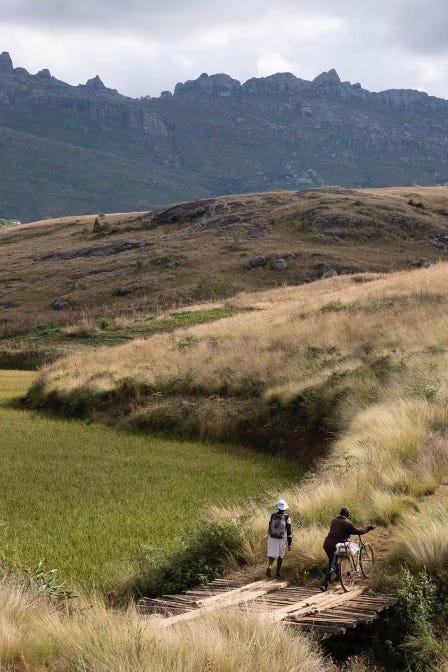
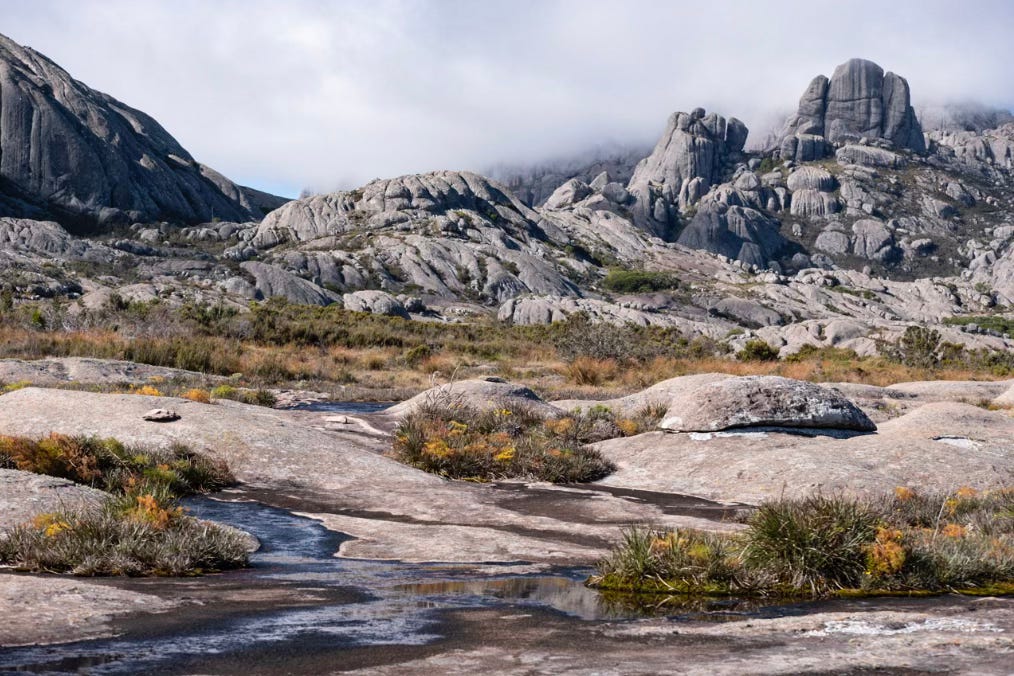
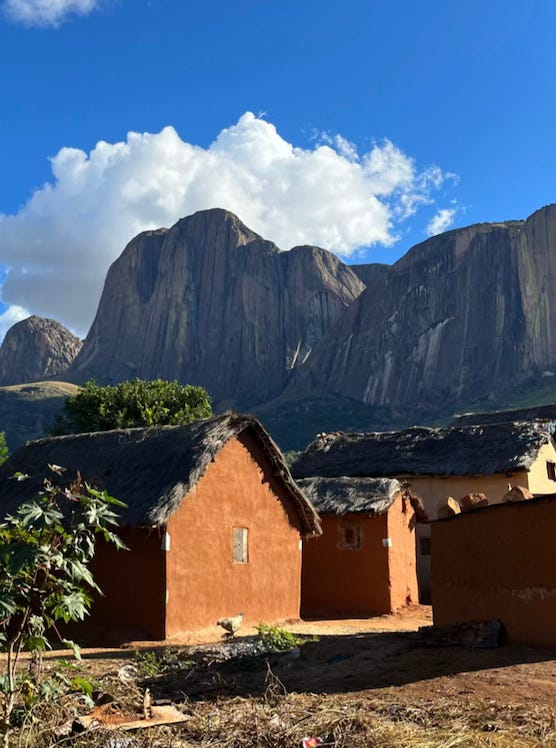
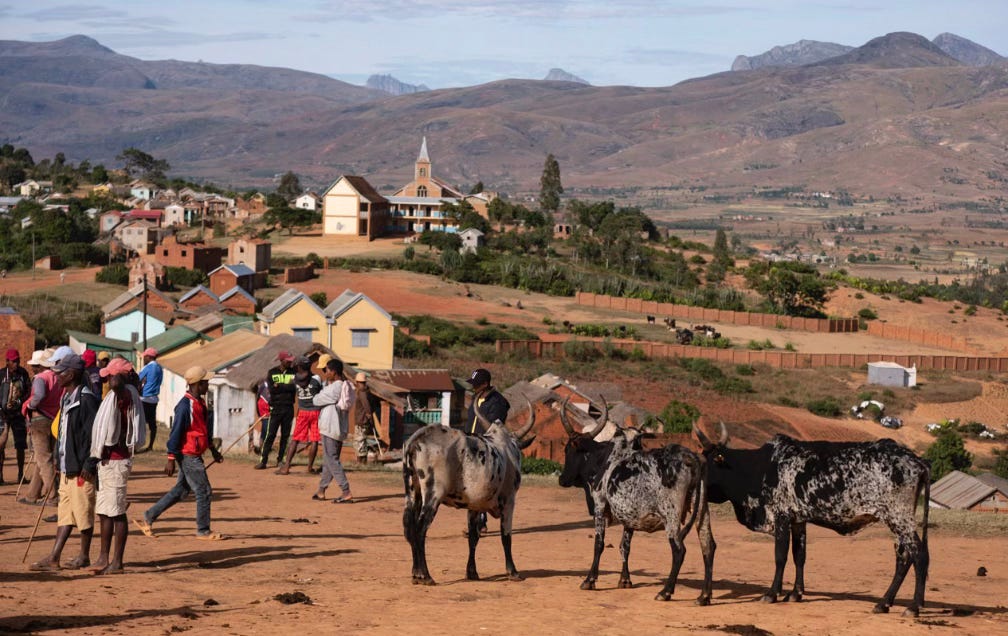

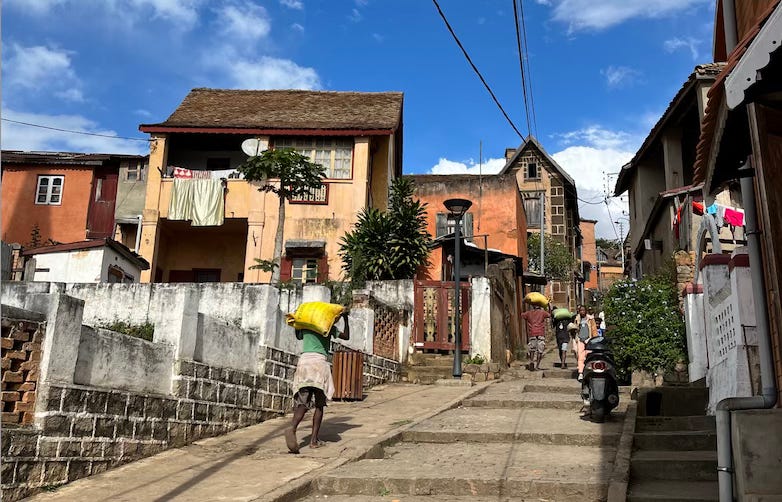




I love your writing style! Lo9k forward to NE Where every week !
Lovely writing... as always!